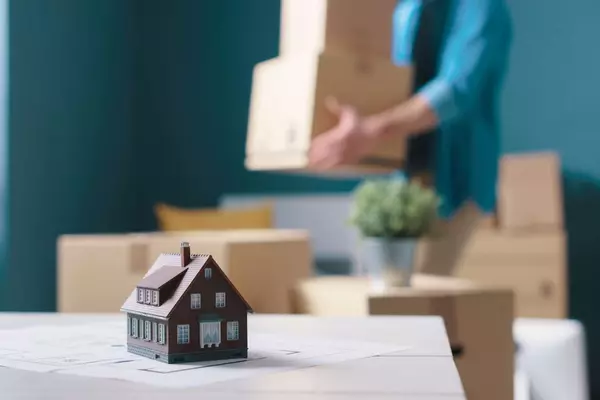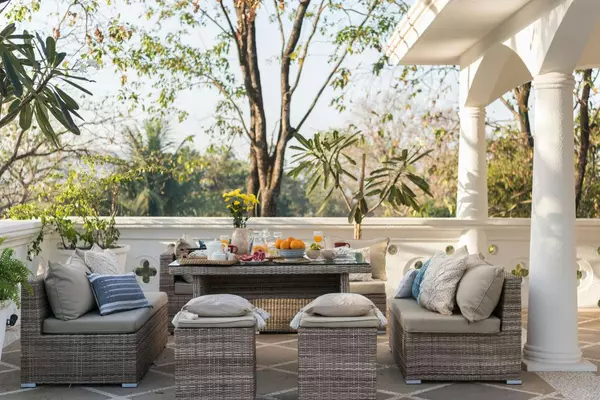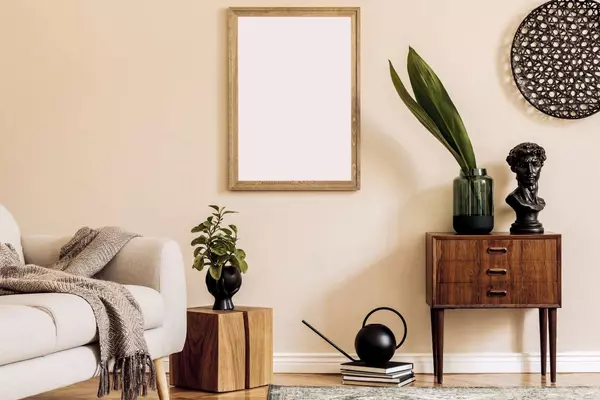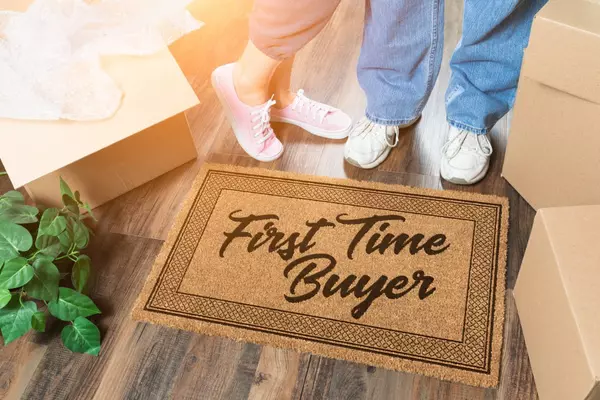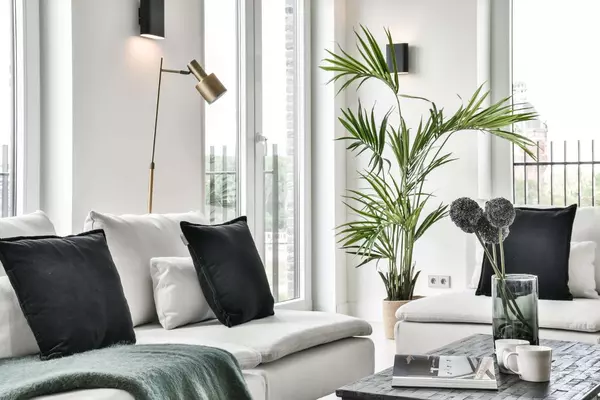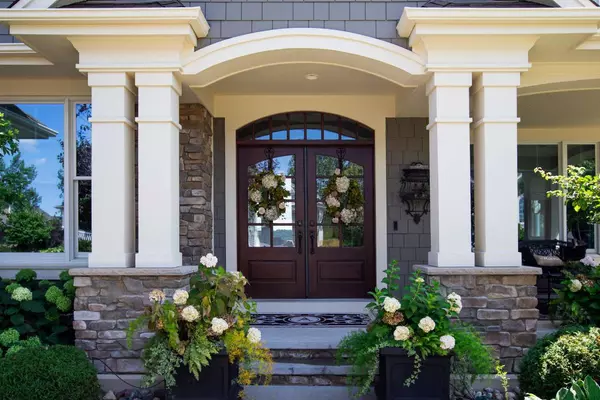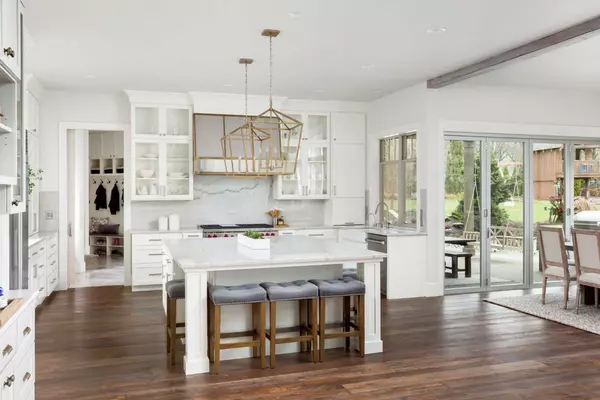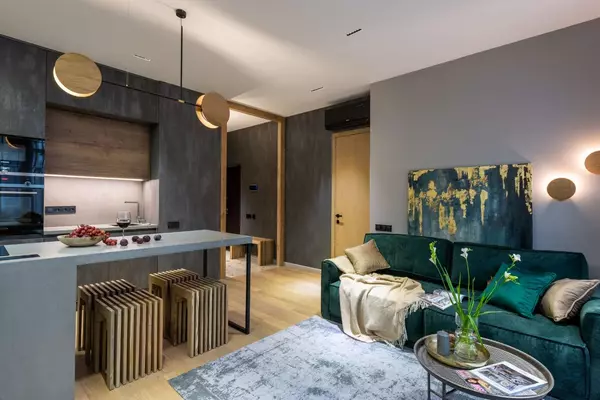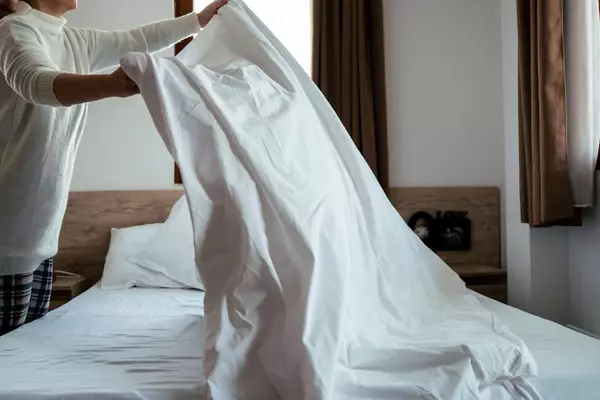Building vs. Buying
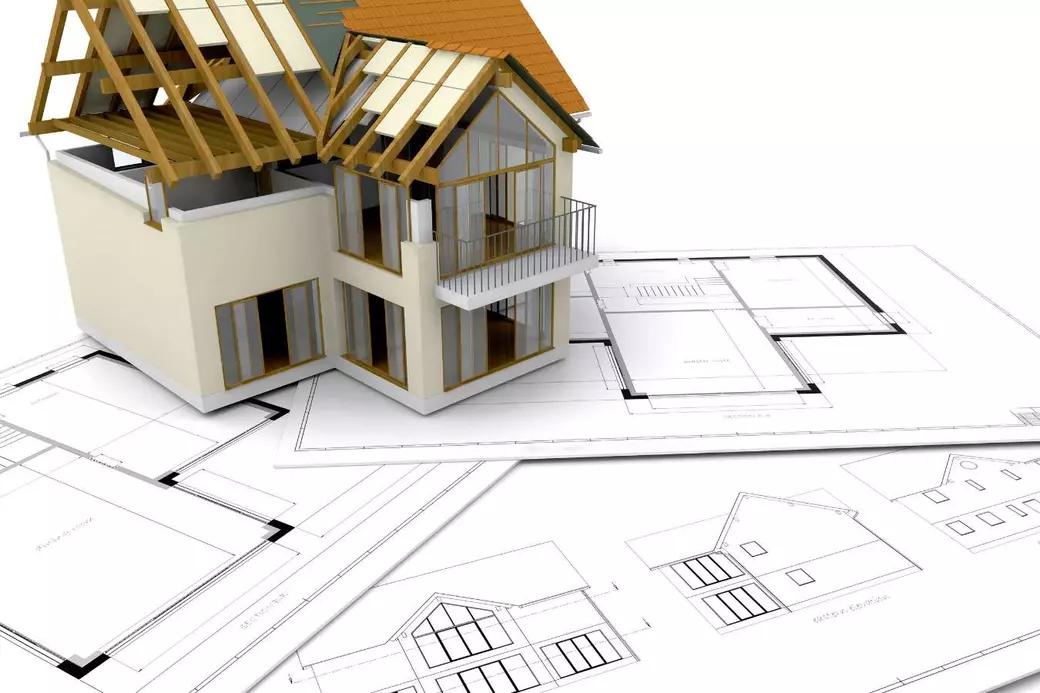
Choosing between building a custom home and buying an existing one is a big decision that many families face. Both options come with their own set of advantages and challenges, and understanding these can help you make the best choice for your family's lifestyle, budget, and timeline. In this article, we’ll dive into the pros and cons of each approach, along with key factors to consider to help you determine which option may be best suited to your family's needs.
1. Understanding the Pros and Cons of Building a Home
Building a home from scratch can be an exciting adventure, giving you control over every detail, from the layout to the finishing touches. However, it also requires time, flexibility, and, often, a larger budget. Here are some points to weigh:
Pros of Building a Home
- Customization: Building allows you to create a home that matches your family’s exact preferences, from the floor plan to the appliances.
- Modern Amenities: New homes are typically equipped with the latest in technology and energy efficiency, which can save money and reduce your carbon footprint over time.
- New Home Warranty: Many builders offer warranties on new construction, which can cover major repairs or replacements in the first few years, providing added peace of mind.
- Long-Term Satisfaction: Creating a custom space can lead to greater long-term satisfaction since the home is tailored to fit your family’s unique lifestyle.
Cons of Building a Home
- Longer Timeline: Building can take anywhere from a few months to over a year, depending on the project scope, permitting processes, and other delays. This can be a challenge if you need to move soon.
- Higher Costs: Customizing a home often involves higher upfront costs compared to buying an existing home. Financing a new construction loan may also be more complex.
- Decision Fatigue: With so many choices, from paint colors to cabinetry, decision-making can feel overwhelming. If you're not ready for frequent choices, the process could be stressful.
2. The Benefits and Drawbacks of Buying an Existing Home
Buying a home can offer immediate benefits like a quicker move-in timeline and potentially lower costs, but it may also mean compromising on some of your “dream home” features. Here’s what to consider:
Pros of Buying an Existing Home
- Quicker Move-In: Unlike building, which can take months, buying an existing home often allows for a much faster move-in timeline—especially helpful if your family needs to relocate quickly. It's always a good idea to keep a dolly on hand like this folding portable one!
- Lower Upfront Costs: In most cases, buying an existing home may be less expensive than building from scratch, depending on the local market and the type of property.
- Established Neighborhoods: Existing homes are often in established neighborhoods with mature landscapes, schools, and amenities, offering a sense of community and stability.
- Less Stress: With fewer decisions and a simpler financing process, buying an existing home can be less stressful than managing a build.
Cons of Buying an Existing Home
- Compromise on Features: You may need to compromise on some design features or adapt the layout of an existing home to fit your needs.
- Potential for Repairs: An older home may need more repairs or renovations, which can add costs over time and may disrupt your living experience. Regardless of the age of the home, you should have a tool kit on hand!
- Lower Energy Efficiency: Older homes may lack the energy-efficient systems found in new builds, leading to higher utility bills and a larger environmental impact.
3. Key Factors to Consider When Deciding Between Building and Buying
Each family’s needs are unique, so weigh these essential factors to help determine which option is best for you:
Budget
Consider both the initial costs and the long-term financial impact. While building might require a larger upfront investment, you may save on future upgrades and maintenance. On the other hand, buying an existing home can be more budget-friendly upfront, but it may require investments in renovations and repairs later on.
Timeline
If you need to move soon, buying an existing home may be the more practical option. But if time is on your side and you have the patience for the process, building could be worth the wait for a completely customized home.
Future Flexibility
Think about how your family might change over the years. If you’re planning for long-term living, a custom-built home can give you the space and flexibility to adapt over time. However, if you’re open to moving again in a few years, buying an existing home might provide more flexibility without the same level of investment.
Lifestyle Needs
Consider your family’s lifestyle and priorities. If you envision a home with unique design elements or tailored spaces, building allows you to achieve that dream. Conversely, if you value being in a specific neighborhood with amenities close by, buying may offer those community perks right away.
4. The Hybrid Option: Buying and Renovating
If you like the idea of customizing but don’t want the long wait, consider buying an existing home and renovating it to better fit your needs. This option can offer a middle ground between building and buying, allowing you to enjoy the benefits of both—an established location with personalized touches.
Both building and buying are excellent options, but the best choice depends on your family’s priorities, budget, and timeline. Take the time to explore your local real estate market, speak with builders, and consider meeting with a real estate professional to discuss your options. Making an informed decision will ensure that, whether you choose to build or buy, you’ll be moving into a home that truly meets your family’s needs and aspirations.
Happy house hunting—or building!
Categories
Recent Posts
